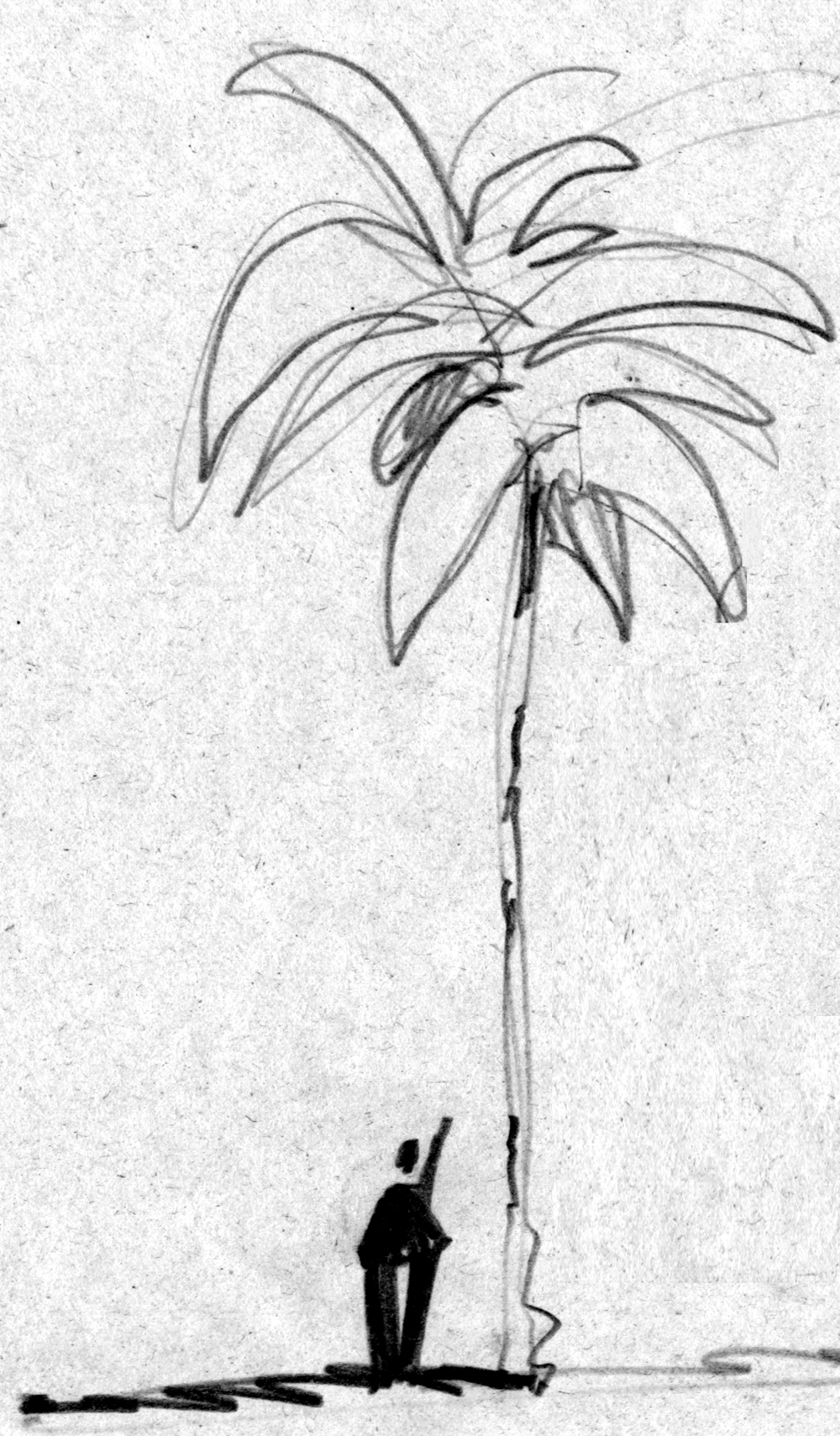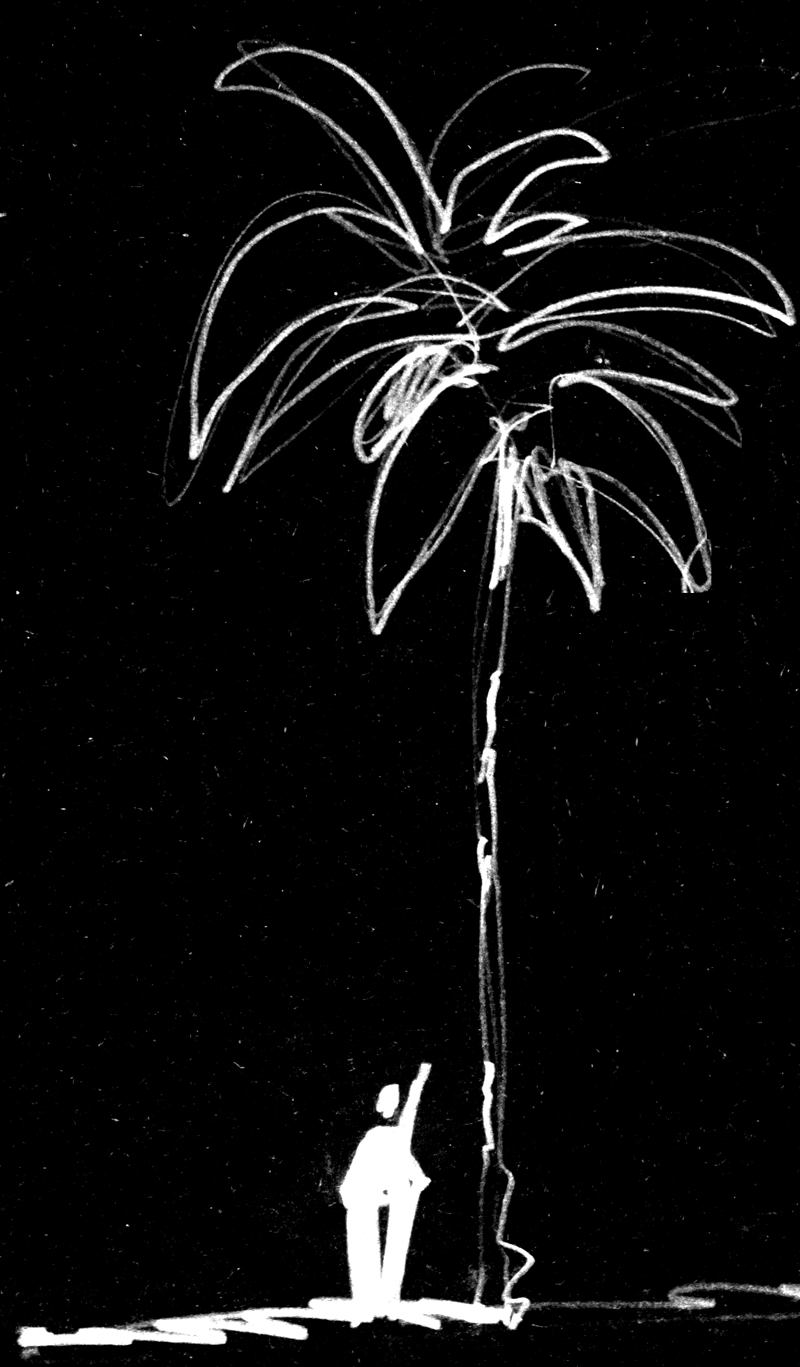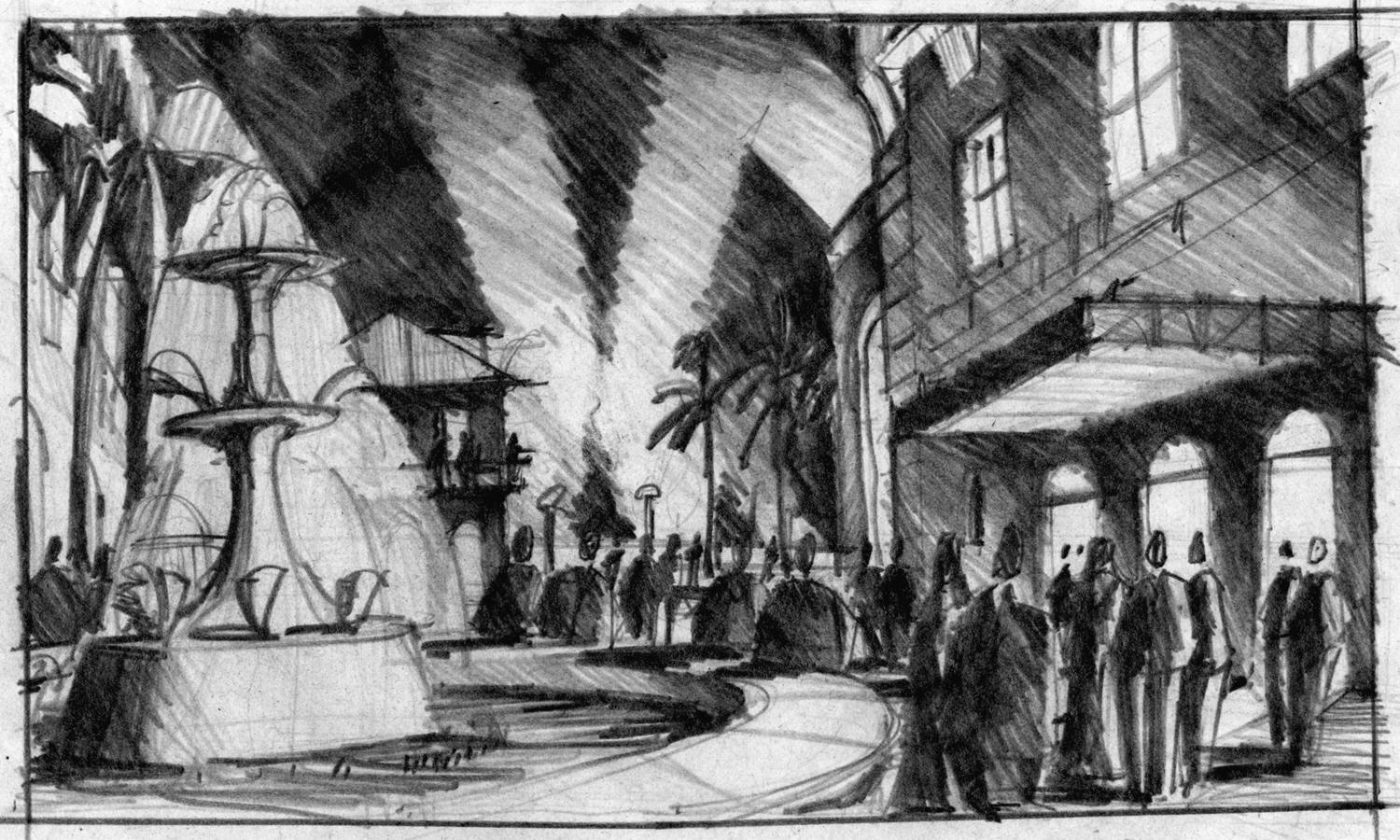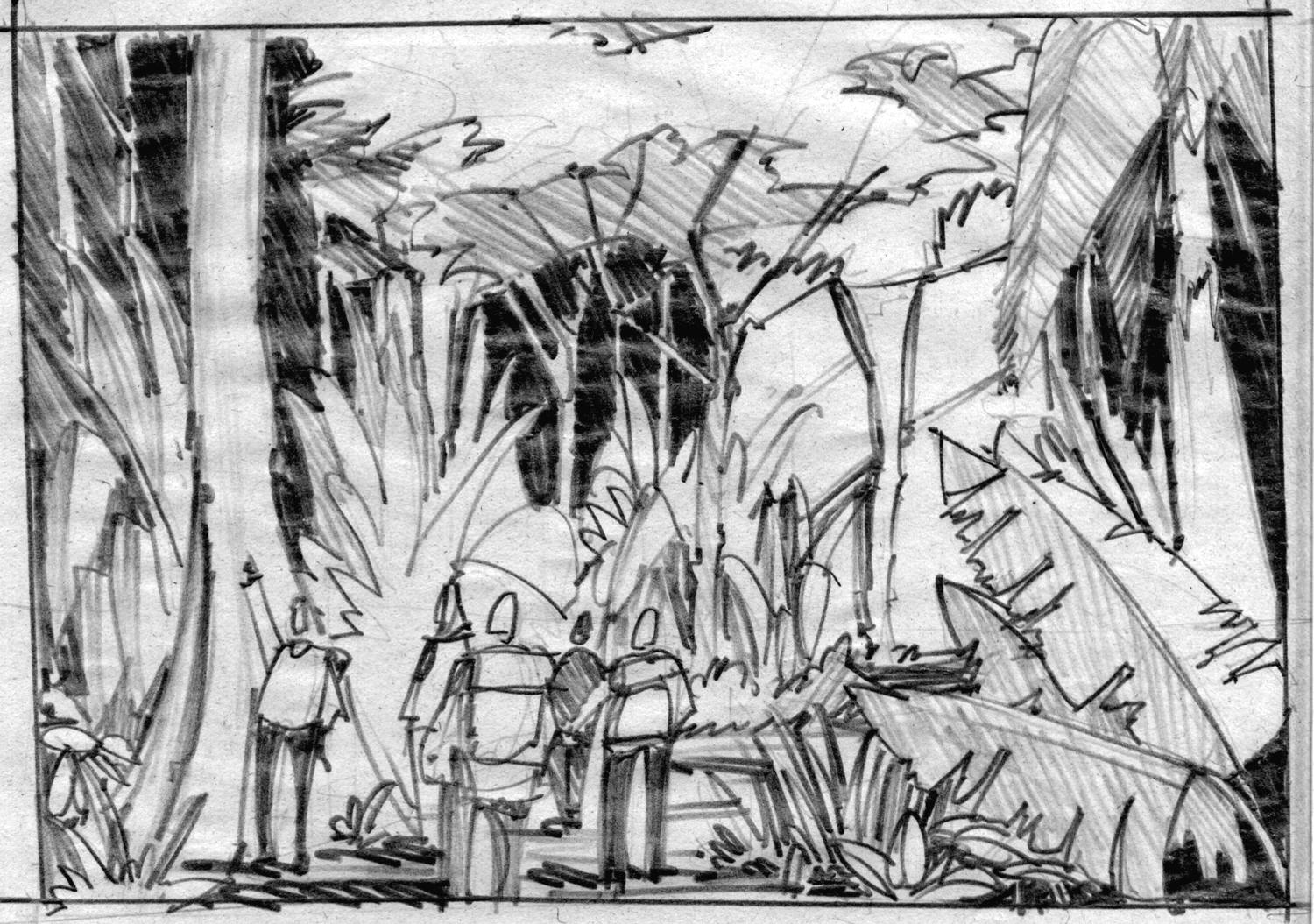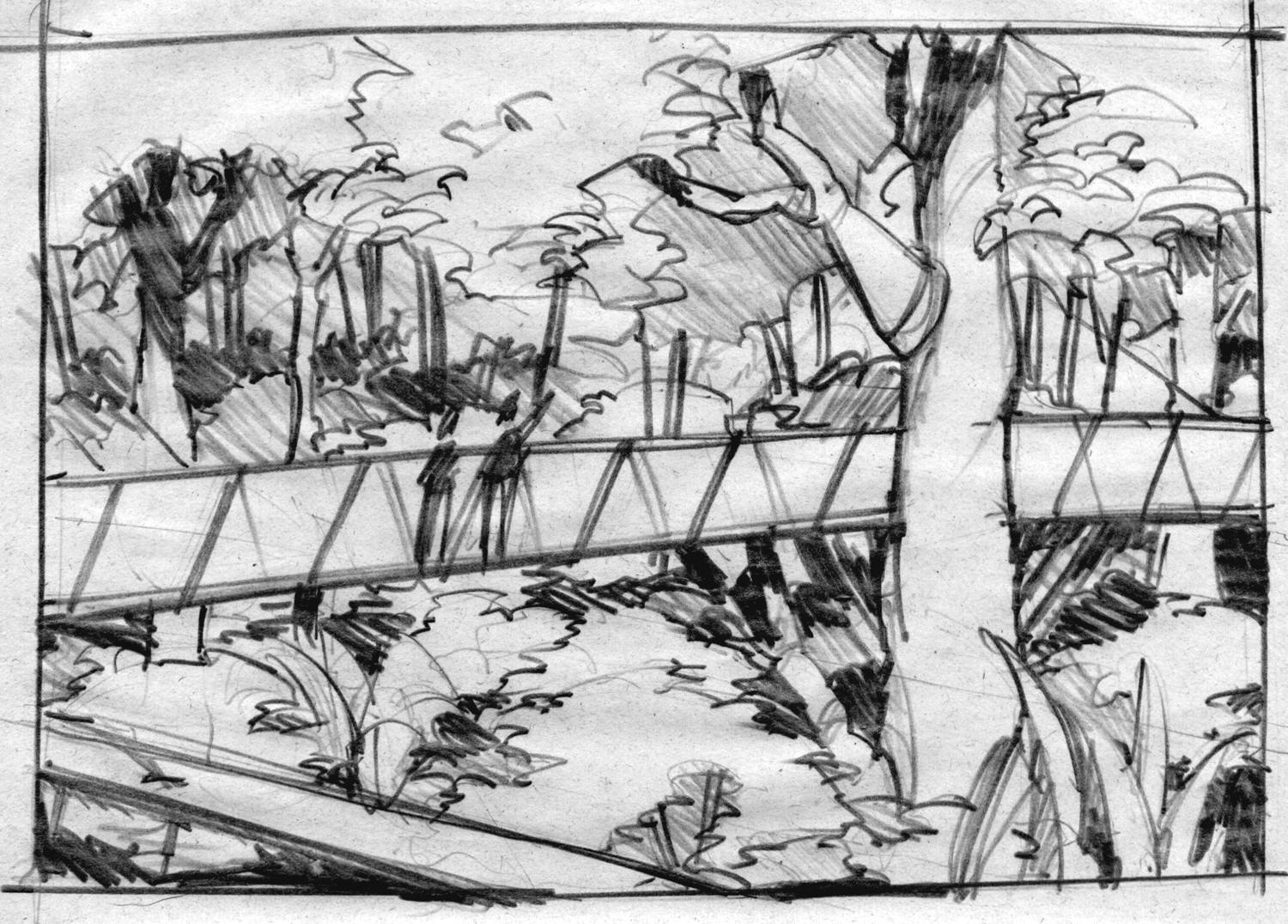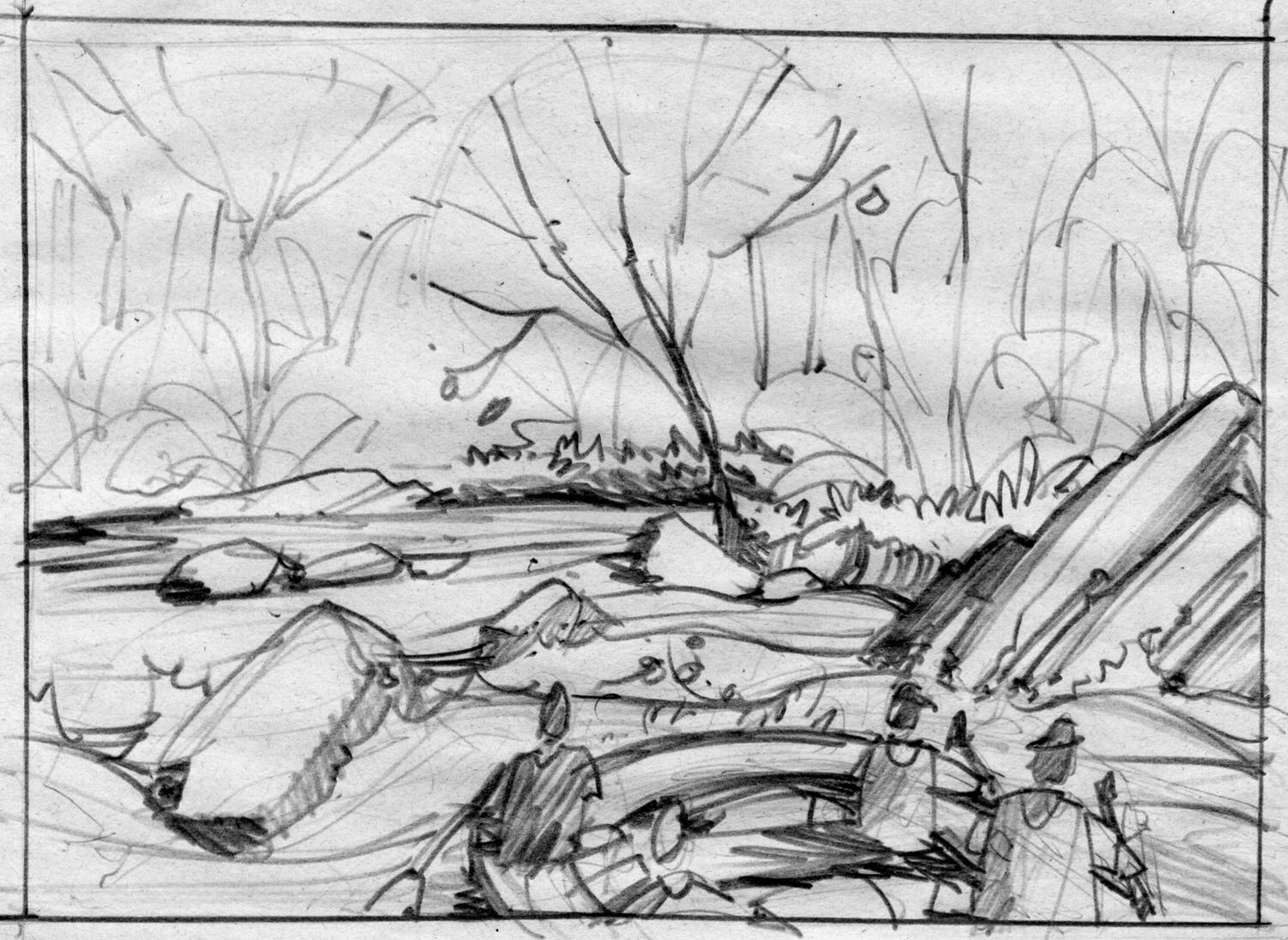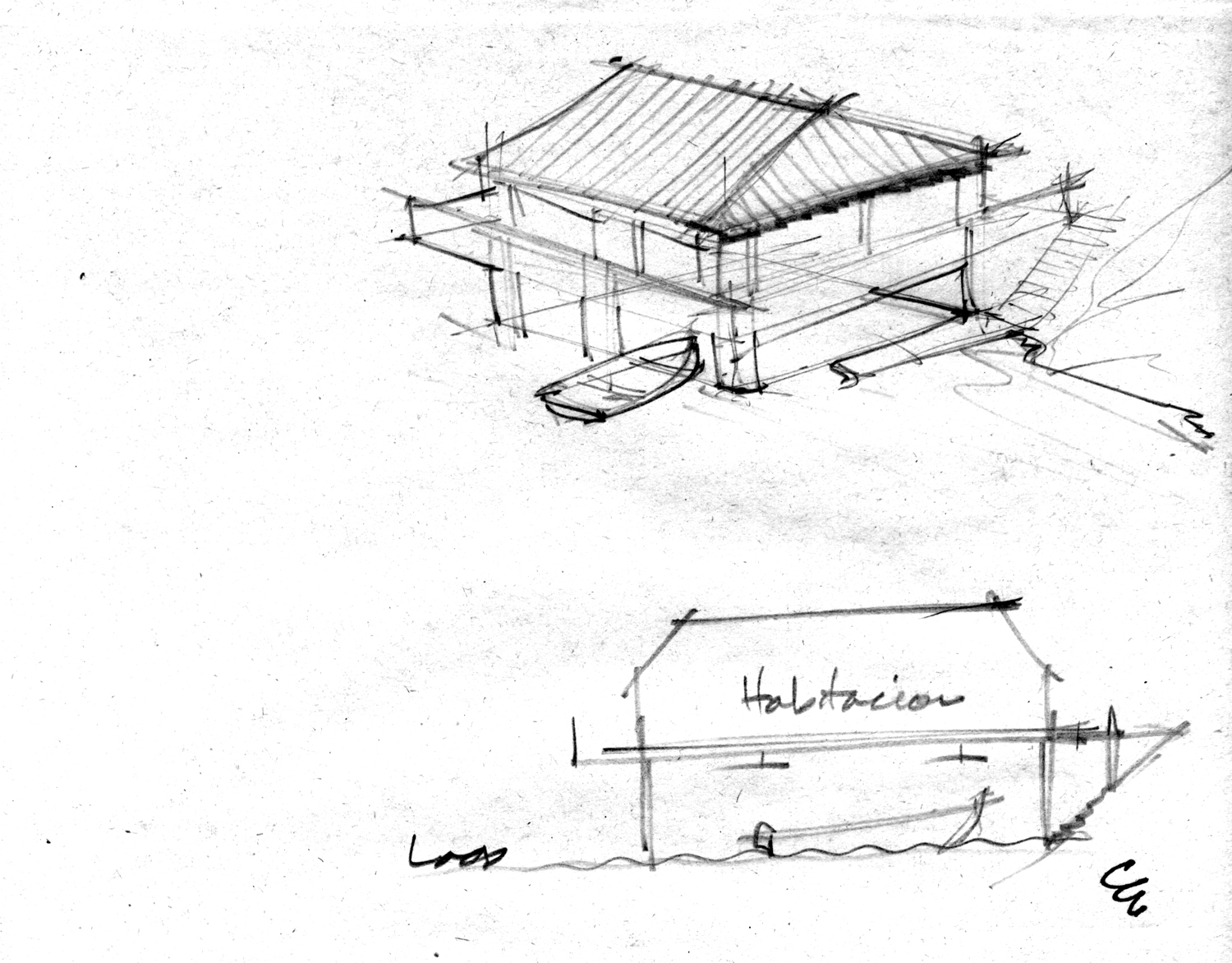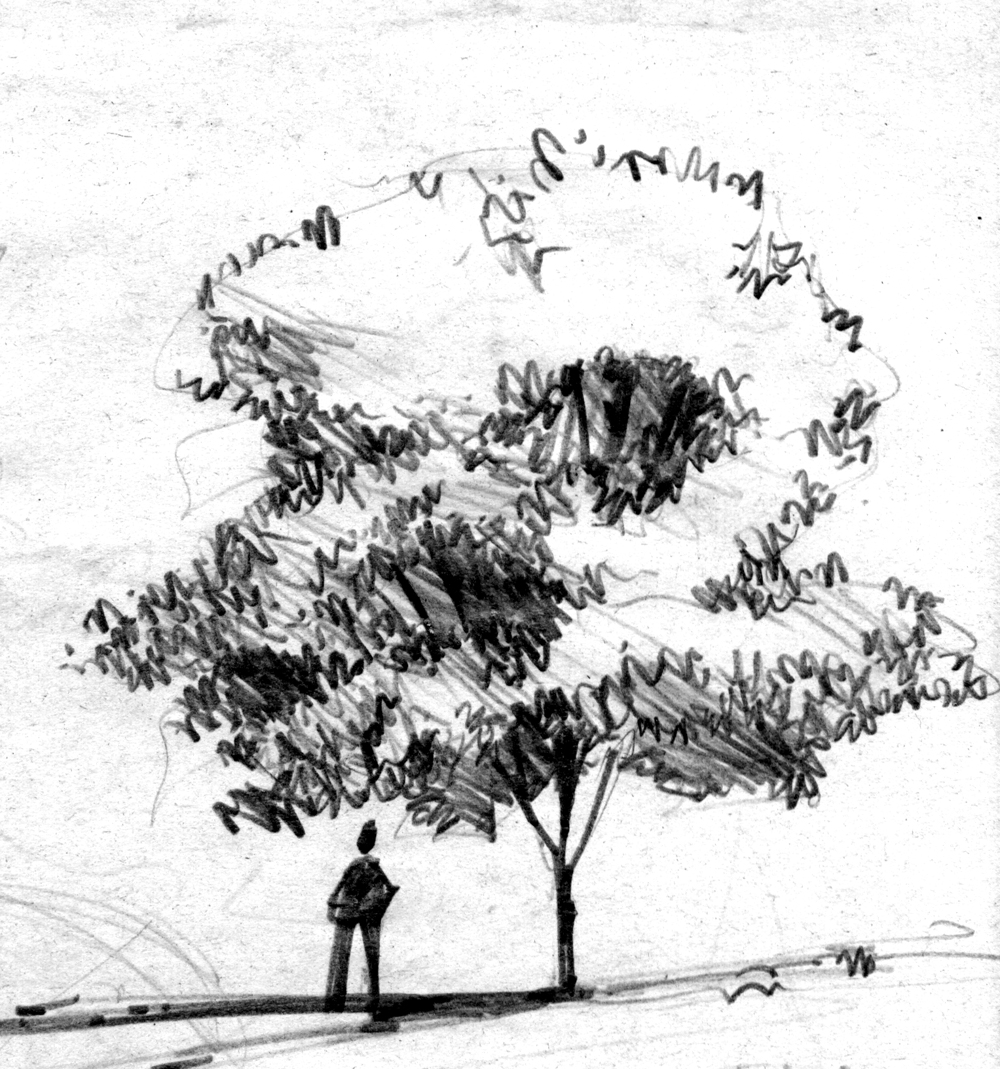|
Gamboa / eco-tourism resort - Gamboa, Panamá This project was designed in conjunction with the University of Panama. Continuing studies with U.S. and Panamanian graduate students are ongoing in Gamboa, Panama. Gamboa is a small town fallen on hard times since the logging industry slows and U.S. influence lessens. We chose Gamboa as an ideal site for eco-tourism development. It is located midway between Panama City and Colon amidst pristine rainforest and lakes along the canal zone. As a means of combating rural to urban migration and the development problems associated with this phenomenon, we felt that rural development in the form of local based eco-tourism was appropriate. If properly conceived, Tejido felt that eco-tourism could encourage the following: local economic development - rather than allow large multi-nationals develop the area we would focus our efforts on creating a small village with locally owned businesses; preservation of surrounding natural environment and culture - we believe that if locals and government agencies realize income from the tourists and their desire to visit pristine landscapes and exotic cultures, they will likely work toward preserving these same amenities. We envision Gamboa as an learning experience, and designed many of its features to promote a variety of educational experiences. The Smithsonian institute is interested in participating and already has research stations nearby. We planned Gamboa as an educational resource surrounded by a variety of opportunities to apply and embed the lessons learned. Visitors could live and study in the village in preparation for field experiences in the surrounding natural and cultural context, i.e. studying flora and fauna, local indigenous tribes, or enjoy purely recreational pursuits. Tejido often employs this experiential storyboard design process to appropriate projects. The sketches are sequential in nature and describe optional experiences at key junctures within the Gamboa experience, i.e. approach, arrival, orientation, exploration, departure. The Panamanian Ministry of Tourism, the United Nations, and the Smithsonian Institute have been working with us in developing these concepts. Gamboa is one part of a wider tourism development strategy that we will continue to work on in. Jesus Espinosa (PhD in Renewable Natural Resources) and Louis Martinez (MARCH in Architecture) are currently working on graduate topics in the area. The following conceptual perspectives were by Matt Shawaker.
Sailing under the bridge of the Americas on the way to Gamboa
Arriving in Gamboa by train
Arriving in Gamboa by boat
Gamboa central plaza in the evening
Educational excursions in the rain forest
Whitewater tours in the rain forest
|
